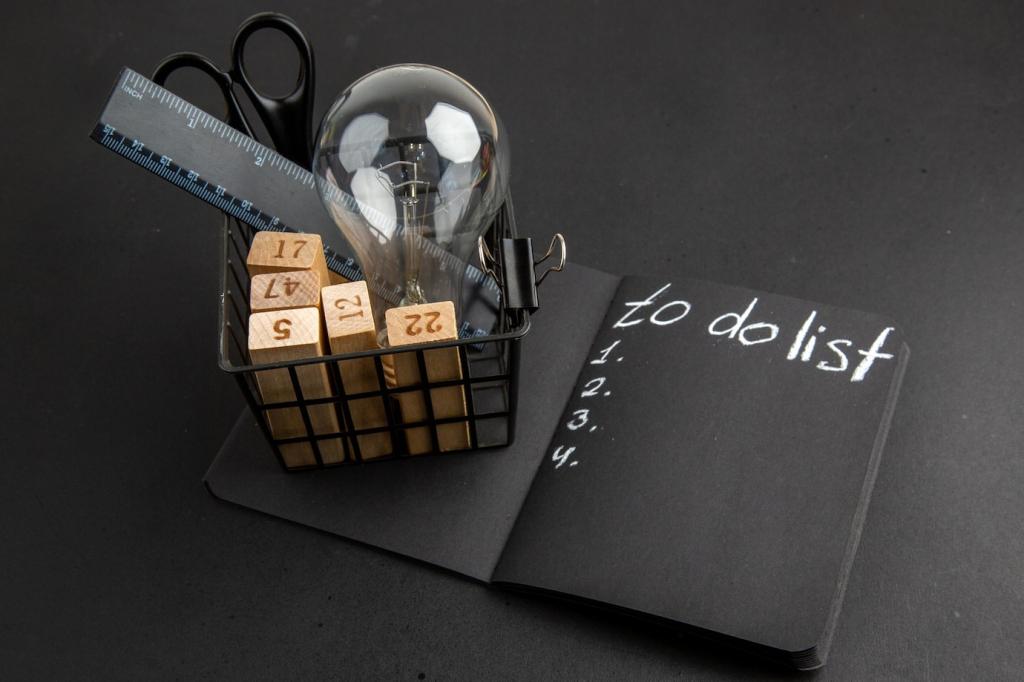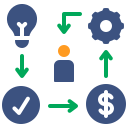
Basic Paddling Techniques for Kayak Fishing: Move Smarter, Catch More
Chosen theme: Basic Paddling Techniques for Kayak Fishing. Today we focus on efficient strokes, quiet control, and real-world tactics that help you place the perfect cast without exhausting your arms or spooking fish. Read on, try the drills, and tell us what works on your waters.


Foundation First: Posture, Balance, and Boat Setup
Sit tall with a slight forward hinge at the hips, relax your shoulders, and keep a soft bend in your elbows. This neutral posture lets your torso rotate freely, protecting your lower back and helping every stroke feel lighter while you stay ready to cast at sudden surface swirls.
Foundation First: Posture, Balance, and Boat Setup
Adjust foot braces so your knees are comfortably bent and can press outward to stabilize the hull. A supportive seat and low lumbar engagement help transfer power from your core into the paddle, which prevents arm fatigue and keeps your casting motion smooth during long days on the water.
Forward Stroke Fundamentals That Save Energy
Plant the blade fully near your toes, engage your core and rotate through the power phase, then exit by your hip to avoid dragging. This clean rhythm prevents yaw, limits splashing, and keeps your kayak tracking true while you scan edges, bait flickers, and the next place to drop a jig.


Forward Stroke Fundamentals That Save Energy
Think of your arms as hooks, not engines. Drive the stroke by rotating your torso and pressing through your foot braces. This whole-body motion spreads the workload, reduces elbow strain, and leaves your forearms fresh for steady retrieves when fish follow but hesitate in clear, shallow water.
Wide Sweeps for Quiet Turning
Use a long, arcing sweep from bow to stern to pivot the kayak without sudden corrections. Keep the blade shallow to reduce noise and maintain gentle momentum. This quiet turn sneaks you into range behind laydowns or oyster bars, where fish expect bait to drift naturally and not bolt away.
Bow Draws to Slide Sideways
Place the blade near the bow and pull the kayak laterally toward the paddle. This draw stroke is perfect for micro-adjustments along reeds or docks, letting you maintain casting distance from targets. Think of it as a sidestep that lines up your next shot without disturbing nearby schooling fish.
Stern Pries for Micro Corrections
At the stern, a gentle pry helps straighten your track after wind gusts or current eddies. Use minimal blade angle and short levered movements. These tiny corrections preserve momentum and keep your kayak oriented, so you can present a lure along edges where fish sit nose-to-current waiting for prey.
Bracing and Edging When the Fight Begins

Low Brace Confidence in Chop
Keep your elbows low, blade flat, and wrists neutral as you slap the water for support. A timely low brace recovers balance if a wave hits while you are netting or retying. Practice in gentle chop first, then gradually add speed and wind to build reflexes you can trust during a hot bite.

Edging for Directional Control
Roll the kayak slightly onto its edge with knee pressure while maintaining forward strokes. Edging tightens turns and fights weathercocking, giving you responsive control without frantic paddling. It is especially useful when a fish runs under the bow and you must pivot instantly to keep the line clear.

Rod Management and Paddle Park
Develop a habit for stowing the paddle quickly under bungees or across your lap before lifting the rod. This keeps hands free for sudden bracing if the fish surges. Share your setup in the comments, and help others keep battles smooth, safe, and photo-worthy when the net finally scoops victory.

Reading Wind, Current, and Tides with Your Paddle
Angle the bow slightly upstream and maintain a steady forward stroke to cross without being swept too far down. Small adjustments with stern pries keep your line. This technique saves time and energy when targeting fish waiting behind current breaks, where bait gathers and predators ambush with minimal effort.
Reading Wind, Current, and Tides with Your Paddle
When wind hits off the bow, shorten your upwind-side strokes and add brief stern pries to hold your course. Keep cadence smooth to prevent bow yaw. Mastering this pattern lets you cruise wind lanes where bait concentrates, giving your lures more time in traffic without constant, tiring overcorrections.
Stealth Matters: Quiet Water, Quiet Moves
Avoid banging the shaft on the gunwales and keep gear from rattling. Enter and exit the water with the blade at a shallow angle. The difference is dramatic in skinny water, where a single splash can scatter mullet and warn the redfish you were stalking for the last patient minutes.
